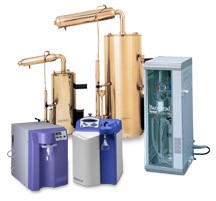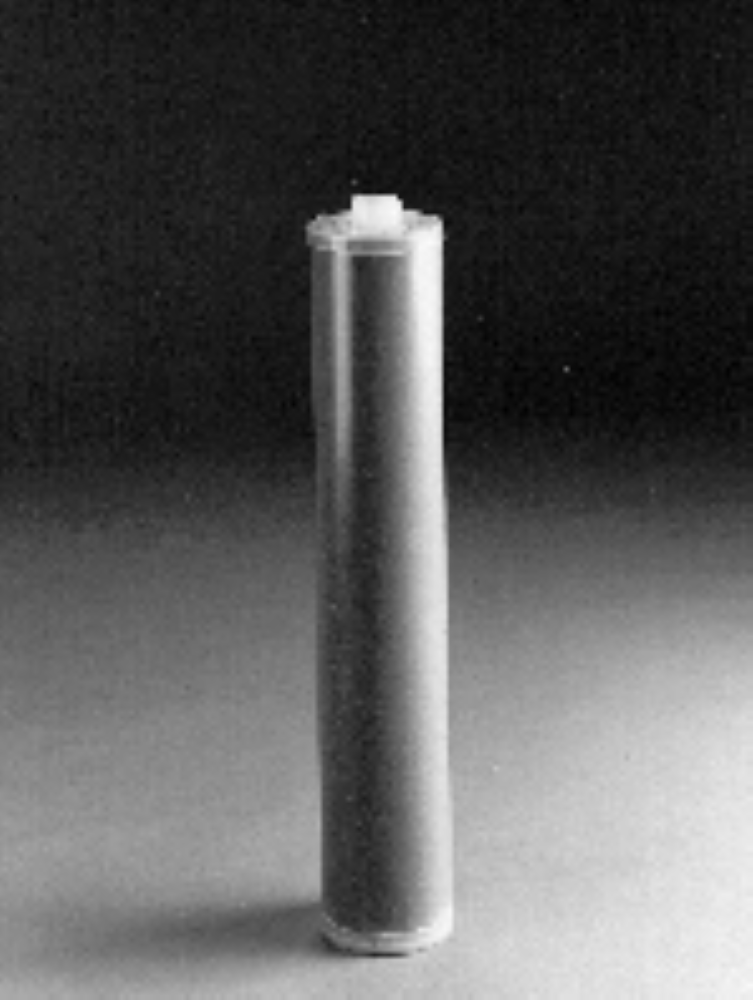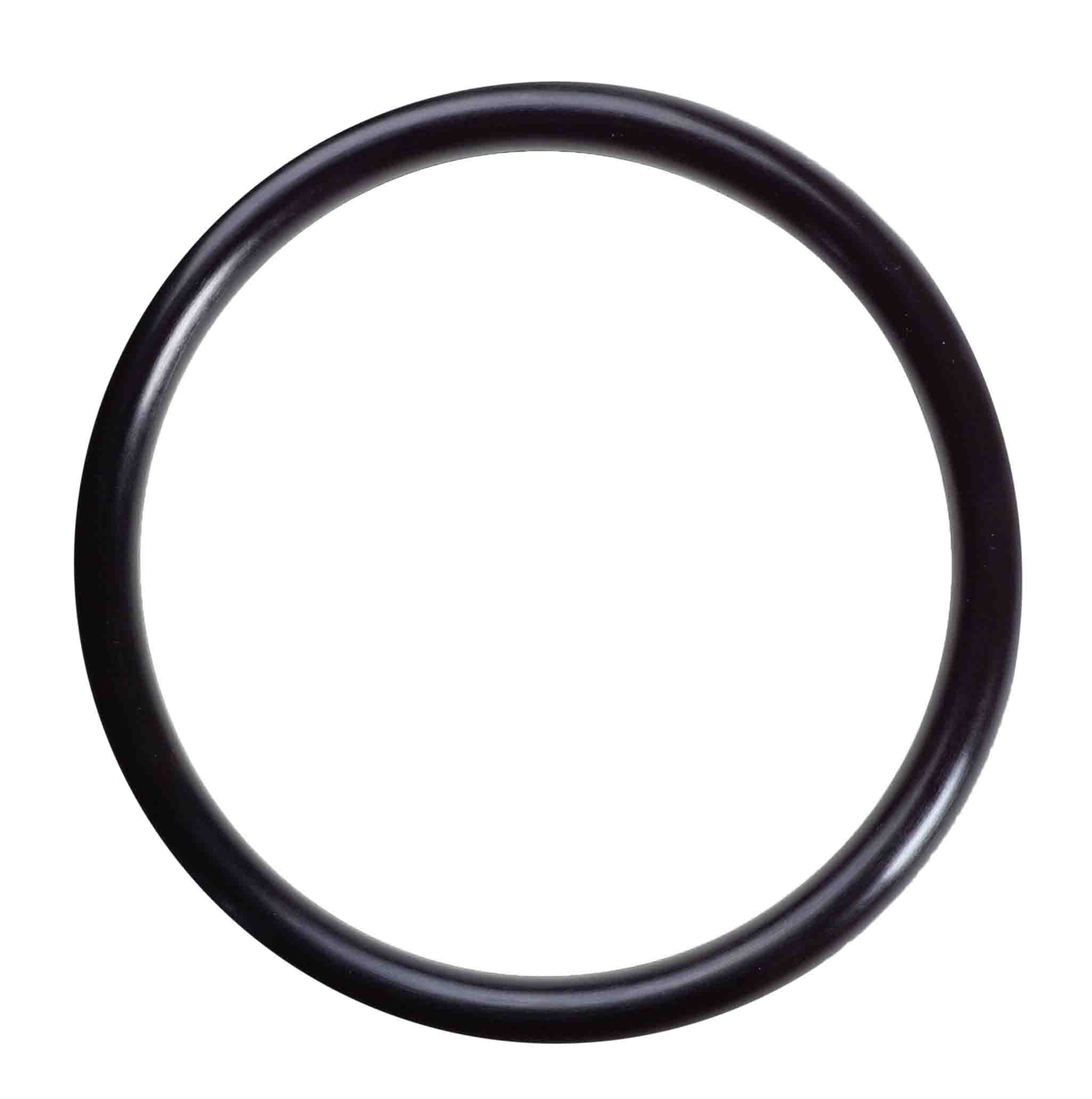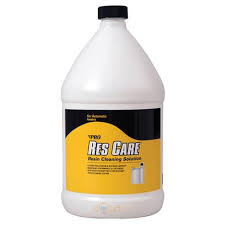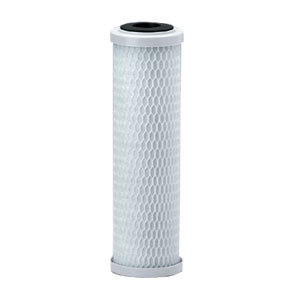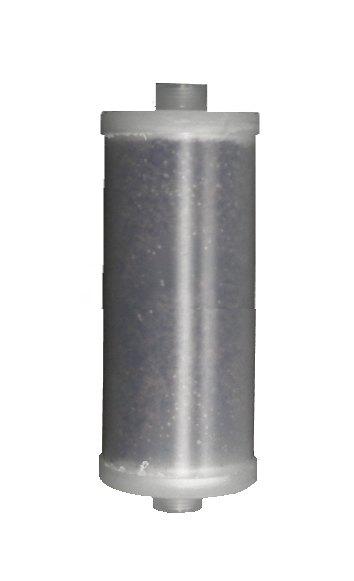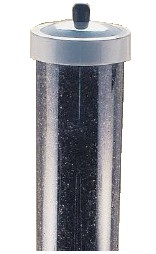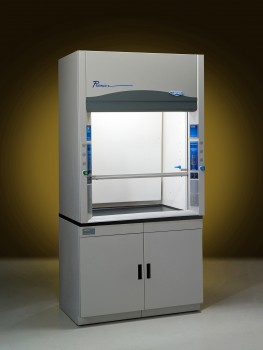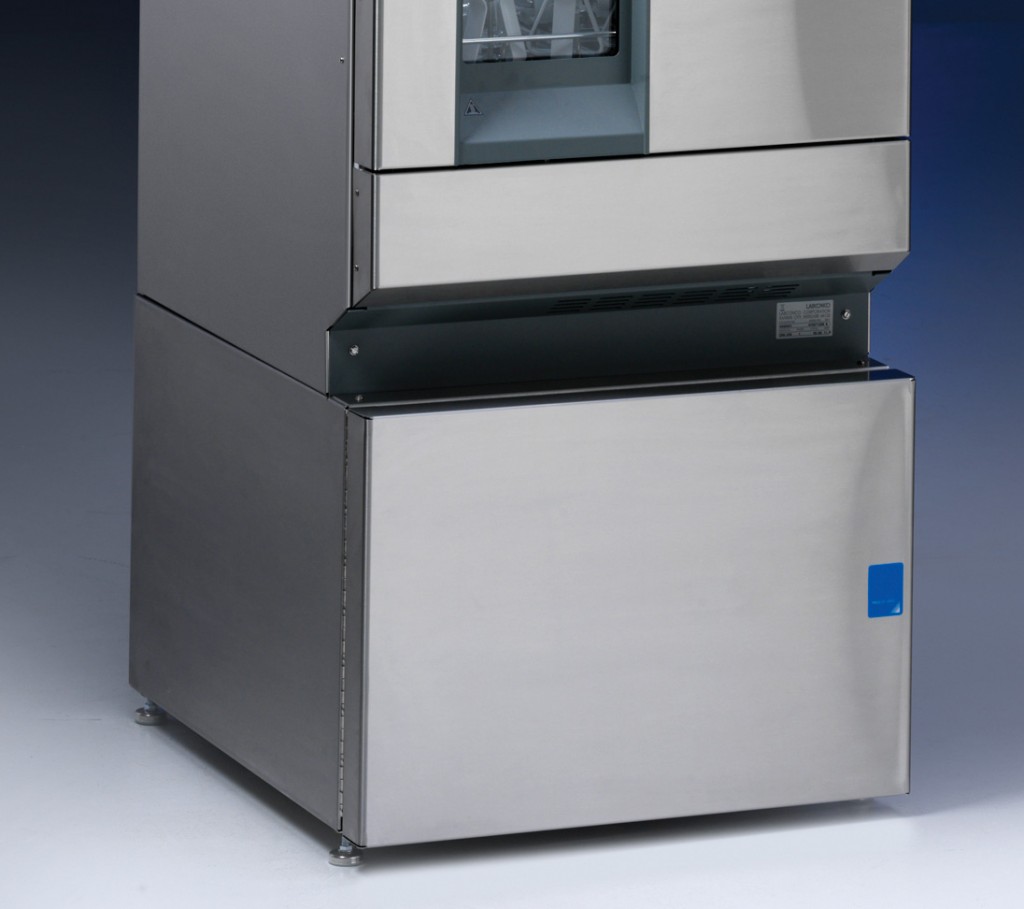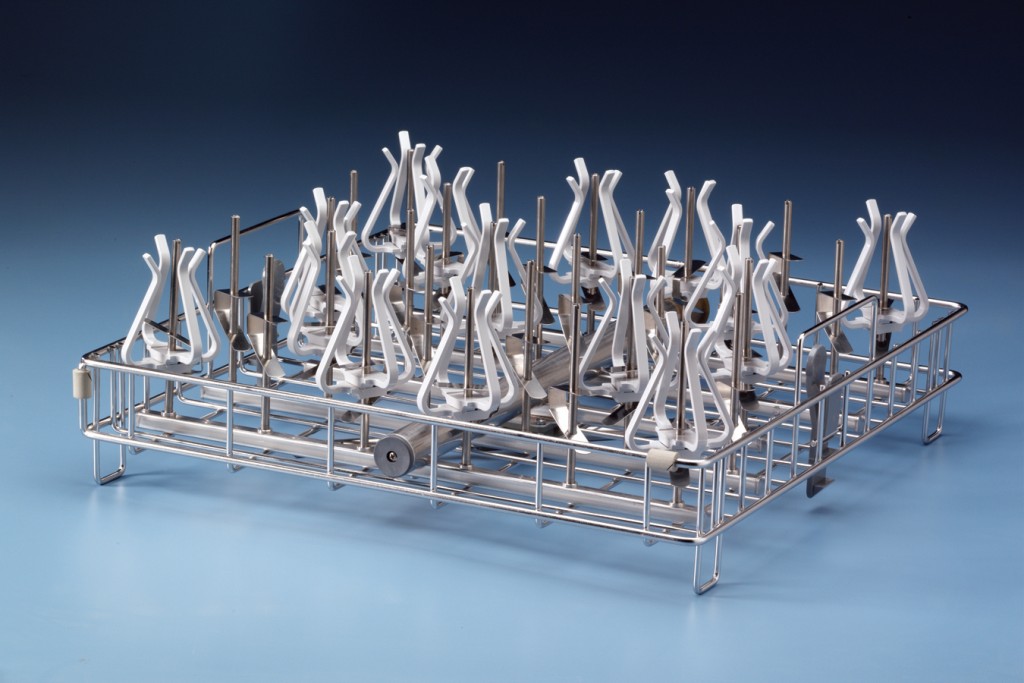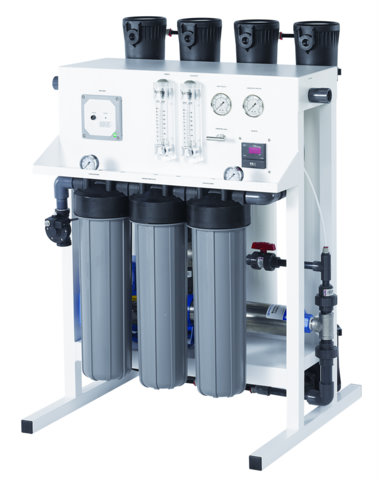It's a rare day that Kelly Harrison, a mother of five from Tulsa, Okla., doesn't find herself chauffeuring kids to some kind of sports practice or school activity. As she checks to see that each child is seat-belted into the family's minivan, Harrison also makes sure they've got the essentials: the right sports equipment, the right clothes, and what she considers to be the right drink--bottled water.
Also see Lewis Black on bottled water (funny)
When she was growing up, Harrison, 34, might have grabbed a soft drink or juice on her way out the door. But for her kids, Harrison insists on what she thinks is a healthier choice--water. She says her children's young bodies need water as they play in the Oklahoma sun. Bottled water also contains no caffeine, no calories and no sugar. Plus, bottled water comes in convenient bottles, easy to tote from home to wherever the busy family goes.
"I really think this is best for a lot of different reasons," says Harrison, who often tucks a bottle for herself into the basket in her minivan that contains other on-the-go mom necessities, such as a paperback book and her cell phone.
Once, most Americans got their water only from the tap. Now, like Harrison, they're often buying their water in a bottle. At work, after a workout, or just about any time, Americans are drinking bottled water in record numbers--a whopping 5 billion gallons in 2001, according to the International Bottled Water Association (IBWA), an industry trade group. That's about the same amount of water that falls from the American Falls at Niagara Falls in two hours.
Explosive growth in the industry for more than a decade has placed bottled water in nearly every supermarket, convenience store and vending machine from coast to coast, where dozens of brands compete for consumers' dollars. In four years, industry experts anticipate that bottled water will be second only to soda pop as America's beverage of choice.
Water, of course, is essential to human health. Drinking enough water to replace whatever is lost through bodily functions is important. But surveys indicate that most of us might not be drinking enough. Is bottled water part of the answer? To decide, consumers need to arm themselves with knowledge about what they're buying before they grab the next bottle of Dasani, Evian or Perrier off the shelf. "It really pays to do your homework," says Stew Thornley, a water quality health educator with the Minnesota Department of Health.
Different Varieties
Bottled water may seem like a relatively new idea--one born during the heightened awareness of fitness and potential water pollution during the last two or three decades. However, water has been bottled and sold far from its source for thousands of years. In Europe, water from mineral springs was often thought to have curative and sometimes religious powers. Pioneers trekking west across the United States during the 19th century also typically considered drinkable (potable) water a staple to be purchased in anticipation of the long trip across the arid West.
Today, of course, there are dozens of brands of bottled water and many different kinds, including flavored or fizzy, to choose from.
Federal Regulations
The Food and Drug Administration regulates bottled water products that are in interstate commerce under the Federal Food, Drug, and Cosmetic Act (FD&C Act).
Under the FD&C Act, manufacturers are responsible for producing safe, wholesome and truthfully labeled food products, including bottled water products. It is a violation of the law to introduce into interstate commerce adulterated or misbranded products that violate the various provisions of the FD&C Act.
The FDA also has established regulations specifically for bottled water, including standard of identity regulations, which define different types of bottled water, and standard of quality regulations, which set maximum levels of contaminants (chemical, physical, microbial and radiological) allowed in bottled water.
From a regulatory standpoint, the FDA describes bottled water as water that is intended for human consumption and that is sealed in bottles or other containers with no added ingredients, except that it may contain a safe and suitable antimicrobial agent. Fluoride may also be added within the limits set by the FDA.
High Standards
Is the extra expense of bottled water worth it? One thing consumers can depend on is that the FDA sets regulations specifically for bottled water to ensure that the bottled water they buy is safe, according to Henry Kim, Ph.D., a supervisory chemist at the FDA's Center for Food Safety and Applied Nutrition, Office of Plant and Dairy Foods and Beverages. Kim, whose office oversees the agency's regulatory program for bottled water, says that major changes have been made since 1974, when the Safe Drinking Water Act (SDWA) first gave regulatory oversight of public drinking water (tap water) to the U.S. Environmental Protection Agency (EPA). Each time the EPA establishes a standard for a chemical or microbial contaminant, the FDA either adopts it for bottled water or makes a finding that the standard is not necessary for bottled water in order to protect the public health.
"Generally, over the years, the FDA has adopted EPA standards for tap water as standards for bottled water," Kim says. As a result, standards for contaminants in tap water and bottled water are very similar.
However, in some instances, standards for bottled water are different than for tap water. Kim cites lead as an example. Because lead can leach from pipes as water travels from water utilities to home faucets, the EPA set an action level of 15 parts per billion (ppb) in tap water. This means that when lead levels are above 15 ppb in tap water that reaches home faucets, water utilities must treat the water to reduce the lead levels to below 15 ppb. In bottled water, where lead pipes are not used, the lead limit is set at 5 ppb. Based on FDA survey information, bottlers can readily produce bottled water products with lead levels below 5 ppb. This action was consistent with the FDA's goal of reducing consumers' exposure to lead in drinking water to the extent practicable.
Production of bottled water also must follow the current good manufacturing practices (CGMP) regulations set up and enforced by the FDA. Water must be sampled, analyzed and found to be safe and sanitary. These regulations also require proper plant and equipment design, bottling procedures and recordkeeping.
The FDA also oversees inspections of the bottling plants. Kim says, "Because the FDA's experience over the years has shown that bottled water poses no significant public health risk, we consider bottled water not to be a high risk food." Nevertheless, the FDA inspects bottled water plants under its general food safety program and also contracts with the states to perform some bottled water plant inspections. In addition, some states require bottled water firms to be licensed annually.
Members of the IBWA also agree to adhere to the association's Model Code, a set of standards that is more stringent than federal regulations in some areas. Bottling plants that adopt the IBWA Model Code agree to one unannounced annual inspection by an independent firm.
The FDA also classifies some bottled water according to its origin.
Artesian well water.
Water from a well that taps an aquifer--layers of porous rock, sand and earth that contain water--which is under pressure from surrounding upper layers of rock or clay. When tapped, the pressure in the aquifer, commonly called artesian pressure, pushes the water above the level of the aquifer, sometimes to the surface. Other means may be used to help bring the water to the surface.
According to the EPA, water from artesian aquifers often is more pure because the confining layers of rock and clay impede the movement of contamination. However, despite the claims of some bottlers, there is no guarantee that artesian waters are any cleaner than ground water from an unconfined aquifer, the EPA says.
Mineral water.
Water from an underground source that contains at least 250 parts per million total dissolved solids. Minerals and trace elements must come from the source of the underground water. They cannot be added later.
Spring water.
Derived from an underground formation from which water flows naturally to the earth's surface. Spring water must be collected only at the spring or through a borehole tapping the underground formation feeding the spring. If some external force is used to collect the water through a borehole, the water must have the same composition and quality as the water that naturally flows to the surface.
Well water.
Water from a hole bored or drilled into the ground, which taps into an aquifer.
Bottled water may be used as an ingredient in beverages, such as diluted juices or flavored bottled waters. However, beverages labeled as containing "sparkling water," "seltzer water," "soda water," "tonic water," or "club soda" are not included as bottled water under the FDA's regulations, because these beverages have historically been considered soft drinks.
Some bottled water also comes from municipal sources--in other words--the tap. Municipal water is usually treated before it is bottled.
Examples of water treatments include:
Distillation.
In this process, water is turned into a vapor. Since minerals are too heavy to vaporize, they are left behind, and the vapors are condensed into water again.
Reverse Osmosis. Water is forced through membranes to remove minerals in the water.
Absolute 1 micron filtration.
Water flows through filters that remove particles larger than one micron in size, such as Cryptosporidium, a parasitic protozoan.
Ozonation.
Bottlers of all types of waters typically use ozone gas, an antimicrobial agent, to disinfect the water instead of chlorine, since chlorine can leave residual taste and odor to the water.
Bottled water that has been treated by distillation, Reverse Osmosis, or other suitable process and that meets the definition of "purified water" in the U.S. Pharmacopeia can be labeled as "purified water."
Bottled vs. Tap
Whether bottled water is better than tap water, and justifies its expense, remains under debate. Stephen Kay, vice president of the IBWA, says member bottlers are selling the quality, consistency and safety that bottled water promises, and providing a service for those whose municipal systems do not provide good quality drinking water.
"Bottled water is produced and regulated exclusively for human consumption," Kay says. "Some people in their municipal markets have the luxury of good water. Others do not."
Thornley, of the Minnesota Department of Health, agrees that consumers can depend on bottled water's safety and quality. But he says consumers should feel the same way about the quality of their tap water. Tap water may sometimes look or taste differently, he says, but that doesn't mean it's unsafe. In fact, the most dangerous contaminants are those that consumers cannot see, smell or taste, he says. But consumers don't need to worry about their presence, he adds. Municipal water systems serving 25 people or more are subject to the federal Safe Drinking Water Act. As such, the water constantly and thoroughly tested for harmful substances, he says. If there is a problem, consumers will be warned through the media or other outlets.
"In lieu of being told otherwise, consumers should feel confident of the safety of their water," Thornley says.
Dr. Robert Ophaug, a professor of oral health at the University of Minnesota School of Dentistry, notes that tap water has another advantage many people don't think about: It typically contains fluoride. Many communities have elected to add fluoride to drinking water to promote strong teeth and prevent tooth decay in residents, though some groups continue to oppose this practice and believe it's detrimental to health.
Ophaug says bottled water often does not have fluoride added to it. Or, if it has been purified through Reverse Osmosis or distillation, the fluoride may have been removed. People who drink mostly bottled water, especially those who have children, need to be aware of this, he says. They may need to use supplemental fluoride that is available by prescription from dentists or doctors. The supplements are usually recommended for children ages 7 to 16. Fluoride supplements cost around $15 for a three-month supply.
"At the least, inform the children's dentist or doctor that you are relying on bottled water," Ophaug says.
The IBWA says there are more than 20 brands of bottled water with added fluoride available to consumers today. When fluoride is added to bottled water, the FDA requires that the term "fluoridated," "fluoride added," or "with added fluoride" be used on the label. Consumers interested in how much fluoride bottled water contains can usually find out by contacting individual companies directly.
Surging Sales
Consumers don't appear ready to give up their bottled water any time soon. Younger, health-oriented people are driving the market's growth, according to industry officials. "They've grown up with bottled water, and it doesn't seem like such a stretch to them to buy water," says Kay.
Jeremy Buccellato, 31, of Ramsey, Minn., says he's heard the arguments that tap water is just as good if not better than bottled water. A glass from his own tap, however, provides water that's discolored, chlorinated, and tastes like "pool water." Buccellato says the extra money he spends on bottles of Dasani water is worth it.
"It tastes better and looks better, plus it's easy to take with me," says Buccellato. "What's not to like?"
Harrison agrees that there's nothing like a refreshing cool bottle of water to beat the heat during an Oklahoma summer.
"It's a product that fits our needs and our lifestyle," she says.
Bottled water — already a more than $10 billion industry — is the fastest-growing beverage category in the U.S. But is it good for you? Here's the pure truth.
MYTH #1:
BOTTLED WATER IS BETTER THAN TAP.
Not necessarily. While labels gush about bottled water that "begins as snowflakes" or flows from "deep inside lush green volcanoes," between 25 and 40 percent of bottled water comes from a less exotic source: U.S. municipal water supplies. (Bottling companies buy the water and filter it, and some add minerals.) That's not really a bad thing: The Environmental Protection Agency oversees municipal water quality, while the Food and Drug Administration monitors bottled water; in some cases, EPA codes are more stringent.
MYTH #2:
PURIFIED WATER TASTES BETTER.
The "purest" water — distilled water with all minerals and salts removed — tastes flat; it's the sodium, calcium, magnesium, and chlorides that give water its flavor. The "off" taste of tap water is the chlorine; if you refrigerate it in a container with a loose-fitting lid, the chlorine taste will be gone overnight.
MYTH #3:
BOTTLED WATER WITH VITAMINS, MINERALS, OR PROTEIN IS MORE HEALTHY THAN REGULAR WATER.
"Vitamins, color, herbs, protein, and all the other additions to water — those are a marketing ploy," says Marion Nestle, Ph.D., professor of nutrition studies at New York University. Plus, the additives are usually a scant serving of the vitamins you really need in a day, adds Amy Subar, Ph.D., a nutritionist with the National Cancer Institute. Enhanced waters usually contain sugars and artificial flavorings to sweeten the deal and can pack more calories than diet soda. When it comes to providing fluoride, tap water usually wins, though that element is increasingly being added to bottled waters.
MYTH #4:
YOU NEED EIGHT 8-OUNCE GLASSES OF WATER EACH DAY.
The Institute of Medicine recommends about 91 ounces (a little more than 11 8-ounce glasses) of fluid daily for women. But here's the thing: It expects 80 percent of that to come from water, juice, coffee, tea, or other beverages and the remaining 20 percent from food. That means if you drink a 12-ounce cup of coffee and a 12-ounce can of diet soda, you only need 48 more ounces (three 16-ounce glasses, or four soda cans' worth) for the day.
MYTH #5:
AFTER AN INTENSE WORKOUT, BOTTLED WATER IS BEST.
There's a reason volunteers hand out Gatorade during marathons. If your workout lasts longer than an hour, you need to replace the water and electrolytes, such as sodium and potassium, that you've lost (that's what sports drinks generally do). For less intense workouts, regular water is fine.
MYTH #6:
WATER BOTTLES ARE EASY ON THE ENVIRONMENT BECAUSE THEY CAN BE RECYCLED.
Wouldn't it be nice? And it's not just the bottles. Eco-costs include manufacturing, trucking, shelving, and marketing. And meeting the annual U.S. demand for plastic bottles requires enough oil to keep 100,000 cars on the road for a year, says Janet Larsen of the Earth Policy Institute. Sure, the 70 million empty water bottles the U.S. produces per day can be recycled, but the sad truth is, about 86 percent of them end up in the trash. Hardly worth it, for what flows out of the tap and into a reusable glass for free.
From the FDA http://www.fda.gov/FDAC/features/2002/402_h2o.html
By Anne Christiansen Bullers
Anne Christiansen Bullers is a free-lance writer in Prairie Village, Kan.
|
